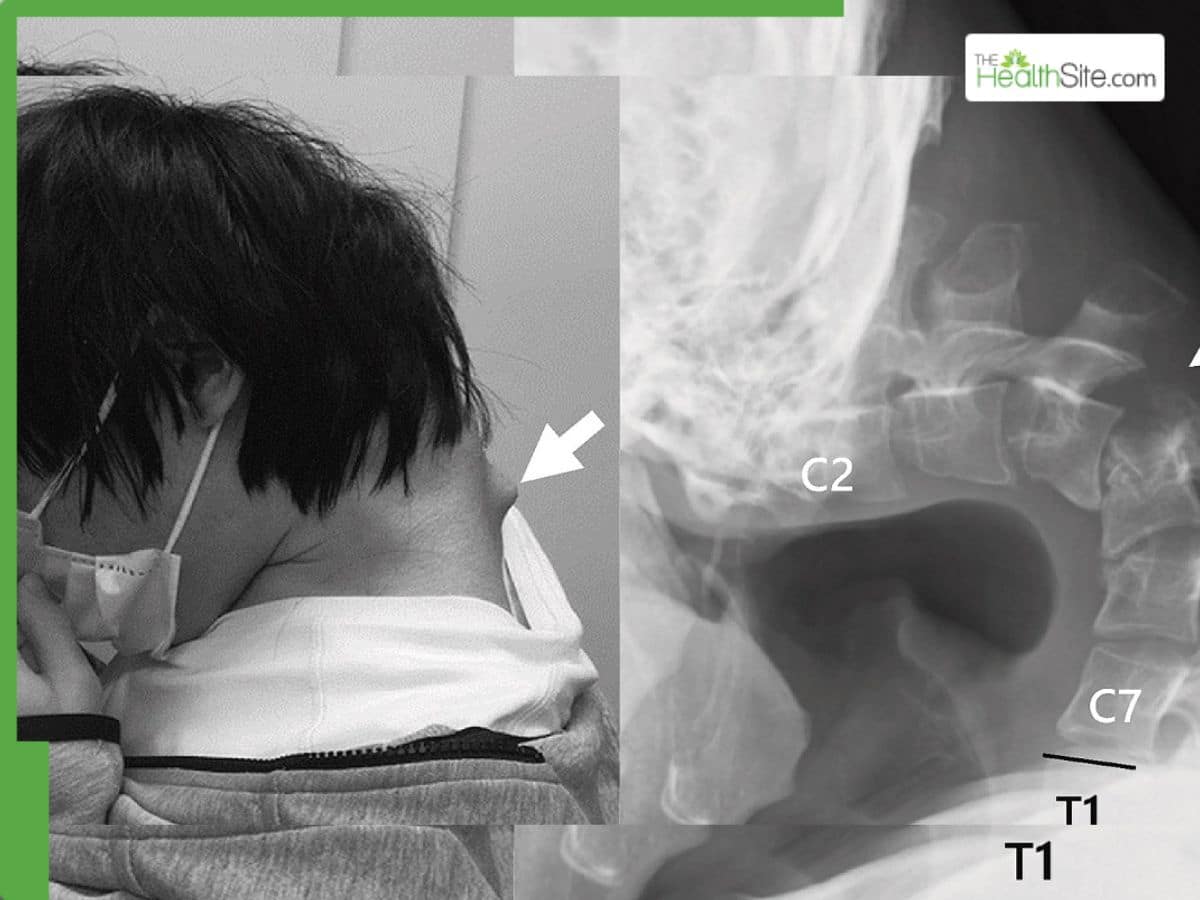Hokkaido Earthquake Disrupts Travel; No Tsunami Threat

A powerful magnitude 6.1 earthquake struck Japan’s northern island of Hokkaido on Saturday, May 31, 2025. The tremor occurred on Saturday afternoon, shaking the region, but notably, no tsunami warning was issued, and initial reports indicated no immediate damage or injuries.
The earthquake's epicenter was located just off the eastern coastline of Hokkaido, a region recognized for its rugged terrain and vibrant coastal communities. It originated at a depth of approximately 20 kilometers (or 12 miles) beneath the Earth’s surface. The Japan Meteorological Agency diligently monitored the seismic activity and promptly assessed the situation following the tremor.
Officials from the Japan Meteorological Agency confirmed that despite the earthquake's strength, a tsunami warning was not deemed necessary. This decision was based on the quake’s characteristics, which did not suggest the significant displacement of water required to generate a tsunami. Consequently, in the immediate aftermath of the event, there were no reports of significant damage or casualties, offering some reassurance to residents and authorities.
As a standard precautionary measure, emergency response teams were mobilized. Early assessments indicated that the affected areas did not sustain major structural impacts. Local authorities and disaster management offices remained on high alert to address any further developments or potential aftershocks swiftly.
Hokkaido, Japan’s second-largest island, is situated in a highly seismically active zone due to its location along the Pacific “Ring of Fire,” where several tectonic plates meet and interact. This geographical positioning means the region frequently experiences earthquakes, some of which have historically caused considerable destruction. However, the local infrastructure is engineered to stringent seismic standards specifically designed to withstand such natural forces, thereby helping to mitigate their effects on communities.
The recent earthquake serves as a poignant reminder of the persistent seismic risks faced by Japan. In response, the nation's government and scientific agencies maintain continuous monitoring systems and comprehensive disaster preparedness measures aimed at safeguarding the population. These vital strategies include advanced early warning systems, regular evacuation drills, and extensive public awareness campaigns designed to minimize the impact of earthquakes and other natural disasters.
Residents of Hokkaido were advised by officials to remain vigilant, adhere to any issued guidance, review their personal or family emergency plans, ensure emergency supplies were accessible, and stay informed through verified official channels. This advice is standard procedure as the possibility of aftershocks or additional seismic events remains following an initial quake, even if it did not cause immediate damage.
The timing of the earthquake on a Saturday afternoon, when many individuals were at home or involved in weekend activities, potentially reduced the overall risk of injury compared to an earthquake occurring during peak commuting hours. While schools and workplaces in the affected areas reported minor disruptions undertaken as a precaution, most were able to return to normal operations shortly thereafter. Additionally, authorities evaluated the risk of secondary hazards such as landslides, which can be triggered by earthquakes in hilly or mountainous terrain like that found in Hokkaido; initial assessments suggested these risks were minimal in this instance.
Japan's long and often challenging history with earthquakes has cultivated a profound national culture of preparedness and resilience. The country makes substantial investments in minimizing the human and economic toll of seismic events through a combination of cutting-edge engineering techniques, thorough community-based drills, and transparent, effective public communication. The government’s swift and clear communication following this particular earthquake was instrumental in reassuring the public and averting unnecessary panic.
In conclusion, while the magnitude 6.1 earthquake off Hokkaido’s east coast was potent enough to be felt widely across the region, its direct impact was fortunately limited. This outcome can be attributed to several factors, including the earthquake's depth, the absence of a subsequent tsunami, Japan's robust building standards, and the effectiveness of its early warning systems. The Japan Meteorological Agency will persist in tracking seismic activity in the area, and it remains critically important for both residents and officials to maintain a state of preparedness and vigilance in a nation where earthquakes are an undeniable and ever-present aspect of life.










